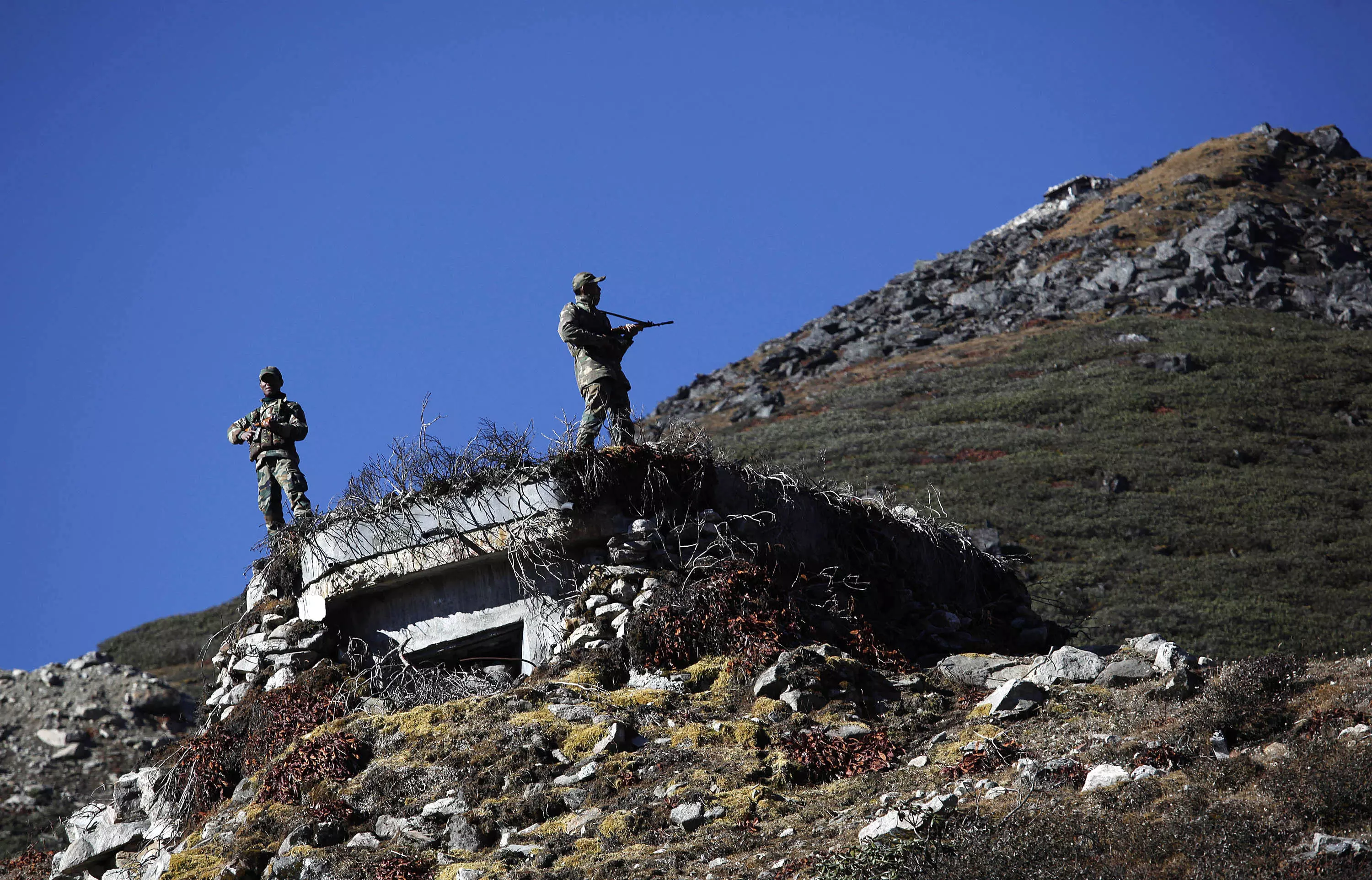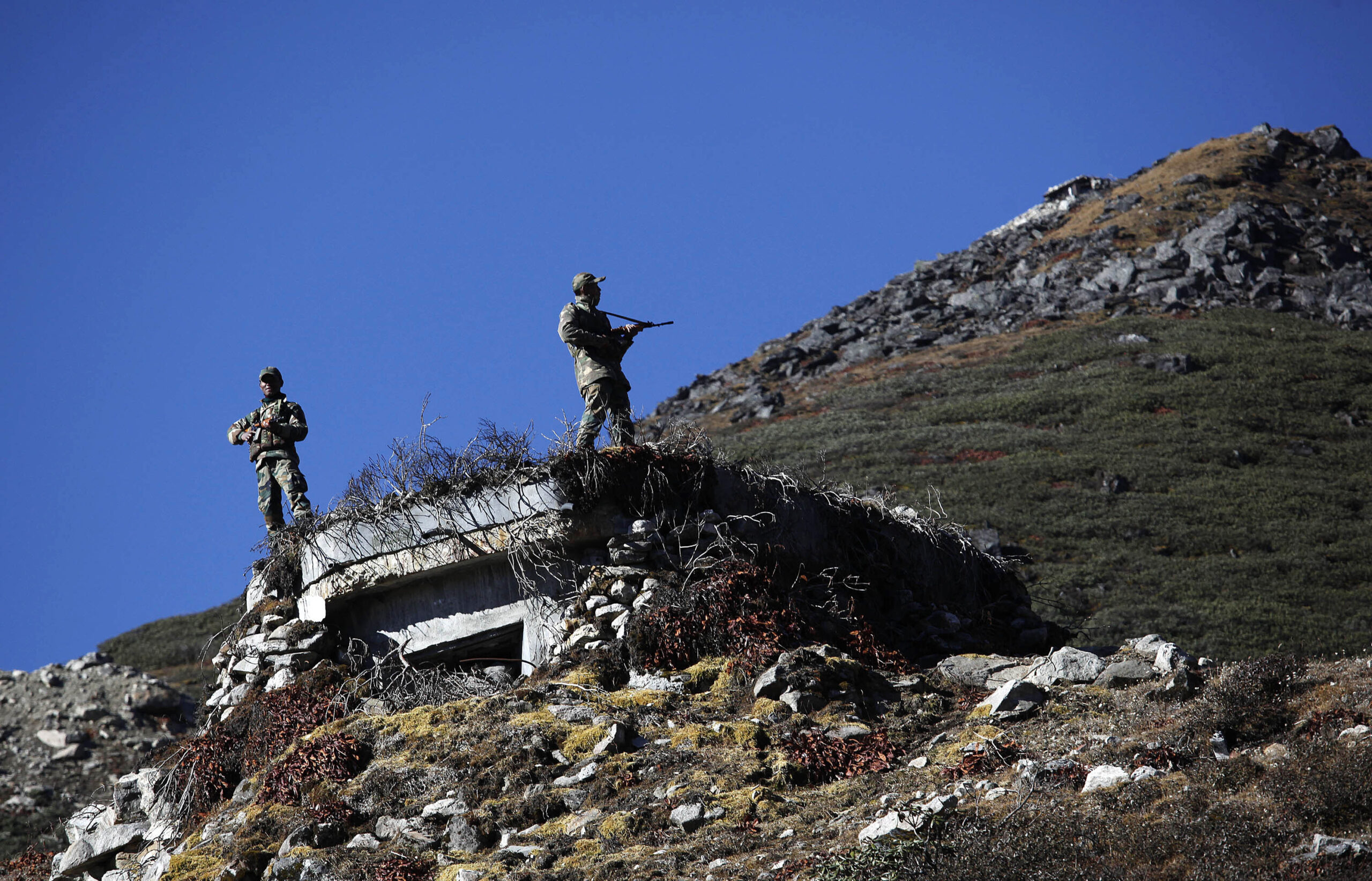
The 1959 Chinese claim line continues to be a central issue in the ongoing India-China border dispute. Rooted in historical negotiations and shaped by geopolitical dynamics, this claim line underscores China’s strategic push to assert control over contested regions. Analyzing its origins, impact, and role in recent disengagement talks is essential to understanding the challenges to India’s territorial integrity and its broader security concerns.
Tracing the Roots of the 1959 Chinese Claim Line: The India-China border dispute has its origins in the un-demarcated border between the erstwhile princely state of Jammu & Kashmir and Tibet that was quasi-independent under the loose suzerainty of China after the collapse of the Qing dynasty in 1911.
Despite repeated attempts by the British to demarcate the border and the frontier going back to the Johnson-Ardegh Line of 1867, foreign office line of 1873, MacCartney-MacDonald Line of 1899 and the 1914 Shimla Convention, where British India, Tibet and China sought to define their territorial boundaries, the borders in the western, central and eastern sectors remained undefined.
Though the McMahon Line established the eastern sector boundary in 1914 in Shimla, China initialled the agreement, but later refused to ratify it, arguing that Tibet lacked the sovereignty to negotiate. India adopted the McMahon Line as its northeastern boundary upon gaining independence in 1950.
Tensions escalated in January 1959 when Chinese Premier Zhou Enlai formally contested the McMahon Line in a letter to Prime Minister Jawaharlal Nehru. Calling it a colonial imposition, Zhou also laid claim to Aksai Chin in the western sector, where China had constructed the Xinjiang-Tibet highway. This was a defining moment as Chinese maps began to reflect these claims, directly challenging India’s sovereignty.
Zhou proposed mutual withdrawals to reduce tensions, retreating from the McMahon Line in the east and from areas under “actual control” in the west. However, Nehru rejected these proposals, recognising them as attempts to legitimise Chinese territorial gains, particularly in Aksai Chin. This rejection further strained relations, eventually leading to the 1962 Sino-Indian War, during which China advanced to its 1959 claim line before declaring a unilateral ceasefire.
The 1959 Claim Line and Its Modern-Day Implications: India has consistently rejected the 1959 Chinese claim line, seeing it as an attempt to undermine its territorial sovereignty. Yet, this contentious line continues to surface in diplomatic discussions, especially during recent disengagement talks following the 2020 Galwan Valley standoff. That clash, which occurred 800 metres west of their own claim line, underscored China’s intent to assert control over disputed territories.
Recent disengagement agreements in areas like the Depsang Plains and Charding La near Demchok have reignited concerns about potential concessions to Chinese claims. On October 22, 2024, Indian and Chinese forces began withdrawing from these areas, with officials confirming a return to pre-2020 positions and the restoration of patrolling rights. However, the lack of transparency around the terms of these agreements has raised fears that India may have inadvertently ceded ground to align with the 1959 claim line of China.
Strategic Significance of Depsang Plains and Charding La: The Depsang plains hold immense strategic value as they offer access to the Aksai Chin plateau. Before 2020, Indian patrols regularly reached patrolling points (PPs) 10 to 13, but a Chinese blockade severely restricted this movement. The recent disengagement agreement reportedly restores these patrolling rights, yet concerns linger about whether Chinese patrols might gain access near the critical Darbuk-Shyok-Daulat Beg Oldie (DSDBO) Road, a key route linking India to Aksai Chin. Allowing such access could tacitly validate China’s territorial claims.
At Charding La, the disengagement process appears to restore the pre-2020 status quo. However, doubts remain about whether the arrangement sufficiently protects India’s broader strategic interests, given the region’s proximity to the 1959 claim line. Any concessions in this sensitive area could weaken India’s defensive position in an already tense border region.
The 1959 claim line is more than a boundary proposal; it reflects Beijing’s broader strategy to secure control over key territories. In the western sector, it includes areas like the Bottleneck in Depsang near the vital DSDBO Road, reinforcing China’s access to its G219 highway. In the eastern sector, it challenges Indian sovereignty over Arunachal Pradesh, particularly along the McMahon Line.
Buffer Zones, a Double-Edged Sword in Border Agreements: The establishment of buffer zones has emerged as a controversial aspect of recent India-China disengagement deals. Designed to prevent direct confrontations, these zones restrict military patrols on both sides. However, they have often limited India’s operational access to areas it historically controlled.
In Pangong Tso, for example, the buffer zone created after the 2020 standoff bars Indian patrols between Finger 4 and Finger 8, effectively conceding strategic vantage points to Chinese control. Similarly, in the Galwan Valley, buffer zones east of PP-14 prevent Indian forces from accessing historically significant areas. Experts warn that such measures risk legitimising the 1959 Chinese claim line as the de facto boundary.
Recent agreements in Depsang and Charding La avoided the creation of buffer zones, restoring patrolling rights. Yet, the lack of clarity around these deals has fueled concerns that they may still align with China’s broader territorial goals, potentially undermining India’s long-term strategic interests.
Transparency and the Need to Safeguard Sovereignty: The Indian government’s approach to recent disengagement talks has faced criticism for a lack of transparency. Public trust depends on clear communication about the terms of these agreements, especially in sensitive areas. The government must assure citizens that the 1959 claim line has not been tacitly validated and that India’s territorial integrity remains intact. The shadow of the 1959 Chinese claim line looms large over India-China boundary talks. Disengagement agreements may reduce tensions, but their opaque nature has fuelled fears of unintended concessions. Restrictions on patrolling and buffer zones further complicate the issue, risking a gradual acceptance of a claim line India has consistently opposed.
While diplomacy and de-escalation are crucial for resolving boundary disputes, they must not compromise India’s strategic interests. Transparent communication and accountability are vital to addressing public concerns and ensuring negotiations do not inadvertently advance China’s territorial ambitions. As negotiations move forward, India must remain firm in rejecting the 1959 claim line and prioritise its territorial sovereignty. Transparency and informed public discourse are essential to countering Beijing’s calculated moves and protecting national interests. Addressing these challenges decisively is critical to ensuring India’s long-term security and strategic integrity.
